Today we are going to tell you about a mythical and emblematic fish: the Channa micropeltes, cunnu under the name of "Giant Snakehead". It is part of the Channidae family and lives in South East Asia. The Rodmaps team was lucky enough to be able to fish it in three different countries a few years ago: Malaysia, Thailand, Indonesia.
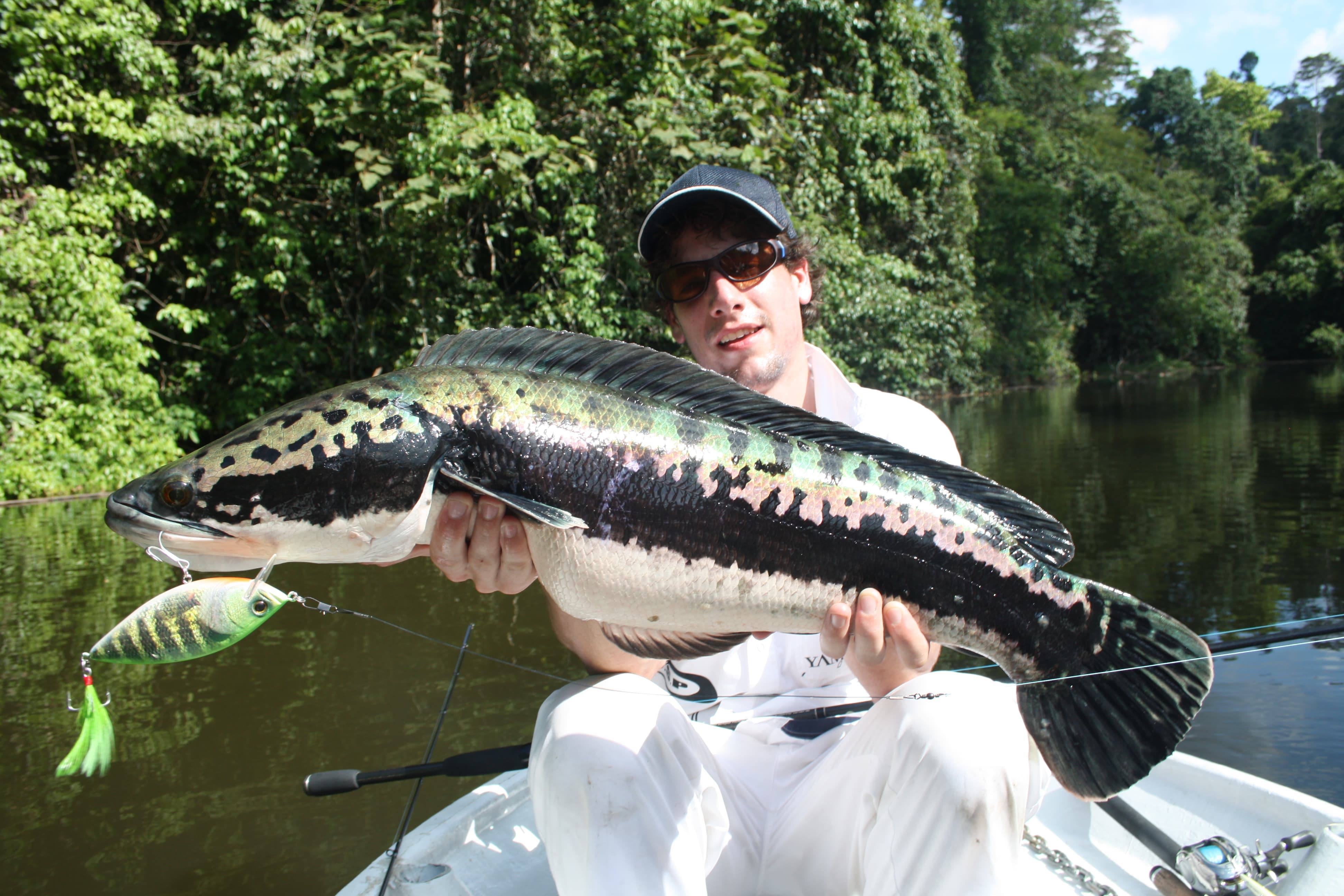
This fish is one of the most intriguing that I have come across on my many fishing trips. It is already relatively rare. And as if that weren't enough, he is endowed with an incredible suspicion when approaching the boat, or even the impact of lures hitting the water after throwing too hard.
Snakehead morphology
The snakehead is a fish that has a particularly aquadynamic serpentine body. He also has impressive musculature when you touch his sides. It has lungs, which requires it to rise to the surface to breathe. An adult snakehead specimen can last more than 30 minutes if the temperature is not at its maximum. As for the juveniles, they must take their breath again every thirty seconds.
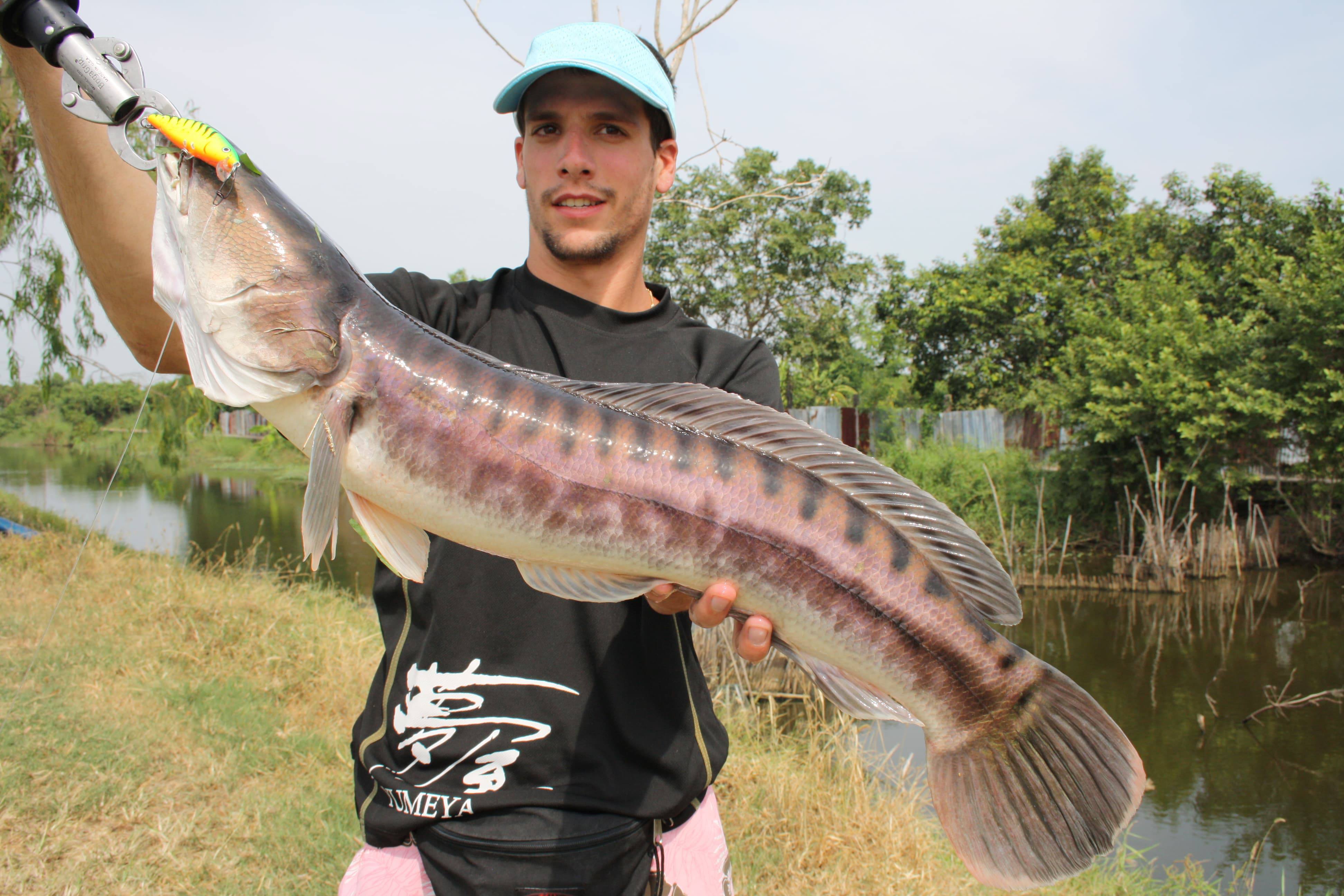
How to fish for snakehead?
To fish for snakehead, you must first succeed in locating the positioning of the fish in the water layer. To do this, you have to observe the activity to identify its breathing movements and the schools of fry of snakeheads which also come to breathe all together on the surface. This creates a sort of moving red ball. If you can't see them, fish for structures like dead woods, bay bottoms and around seagrass beds. It was in these marked places that we had the most hits.
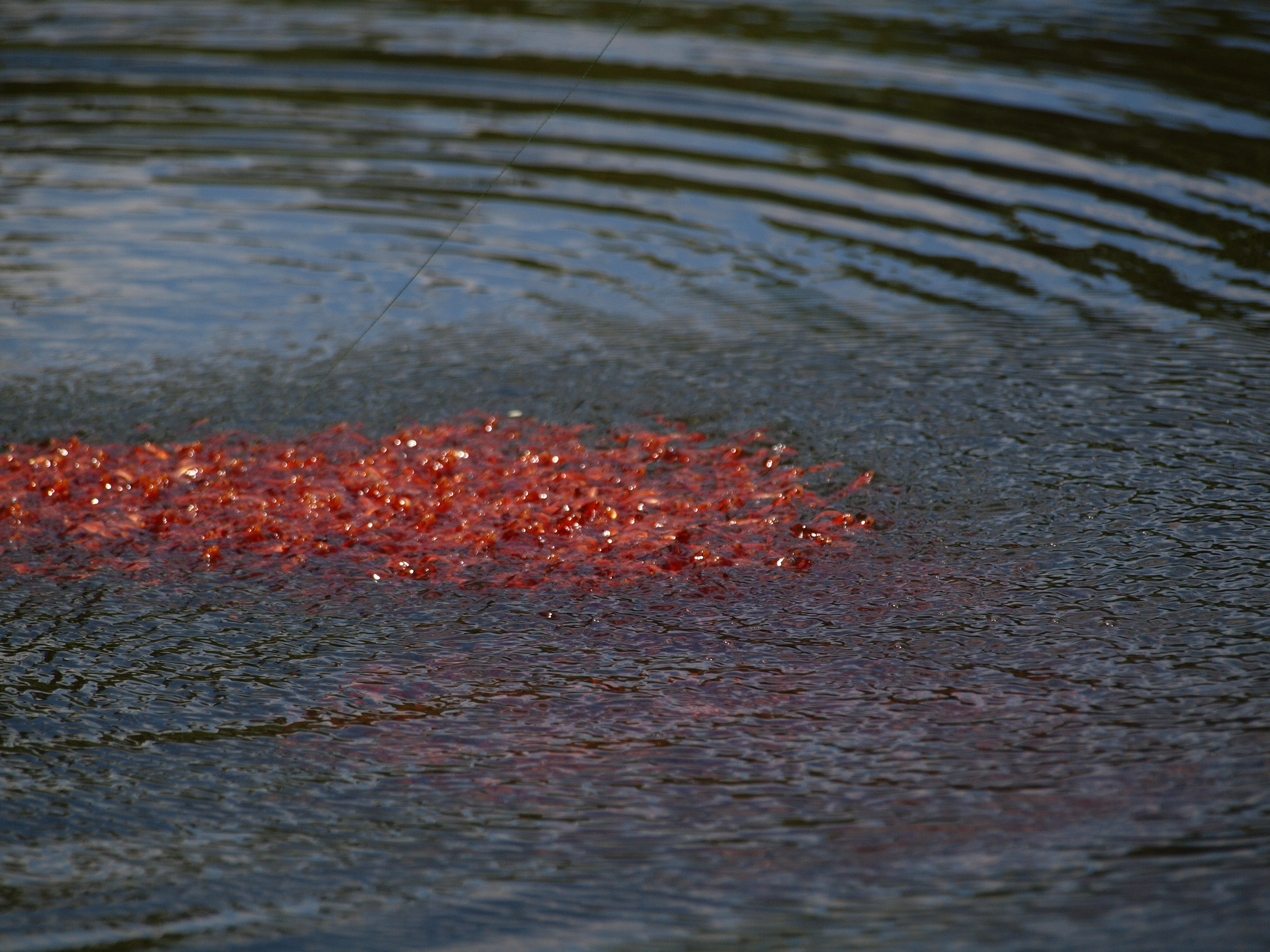
Snakehead predators
Considering the weight and size it can reach, we can't imagine that another fish could come and rub against the snakehead. And yet! Another predator takes delight in eating the snakehead fry, crossing the ball with lightning speed. The Channa, although extremely fast, cannot compete with its speed. It is the Hampala macrolepidota, also called Jungle Perch or Sebaraü.
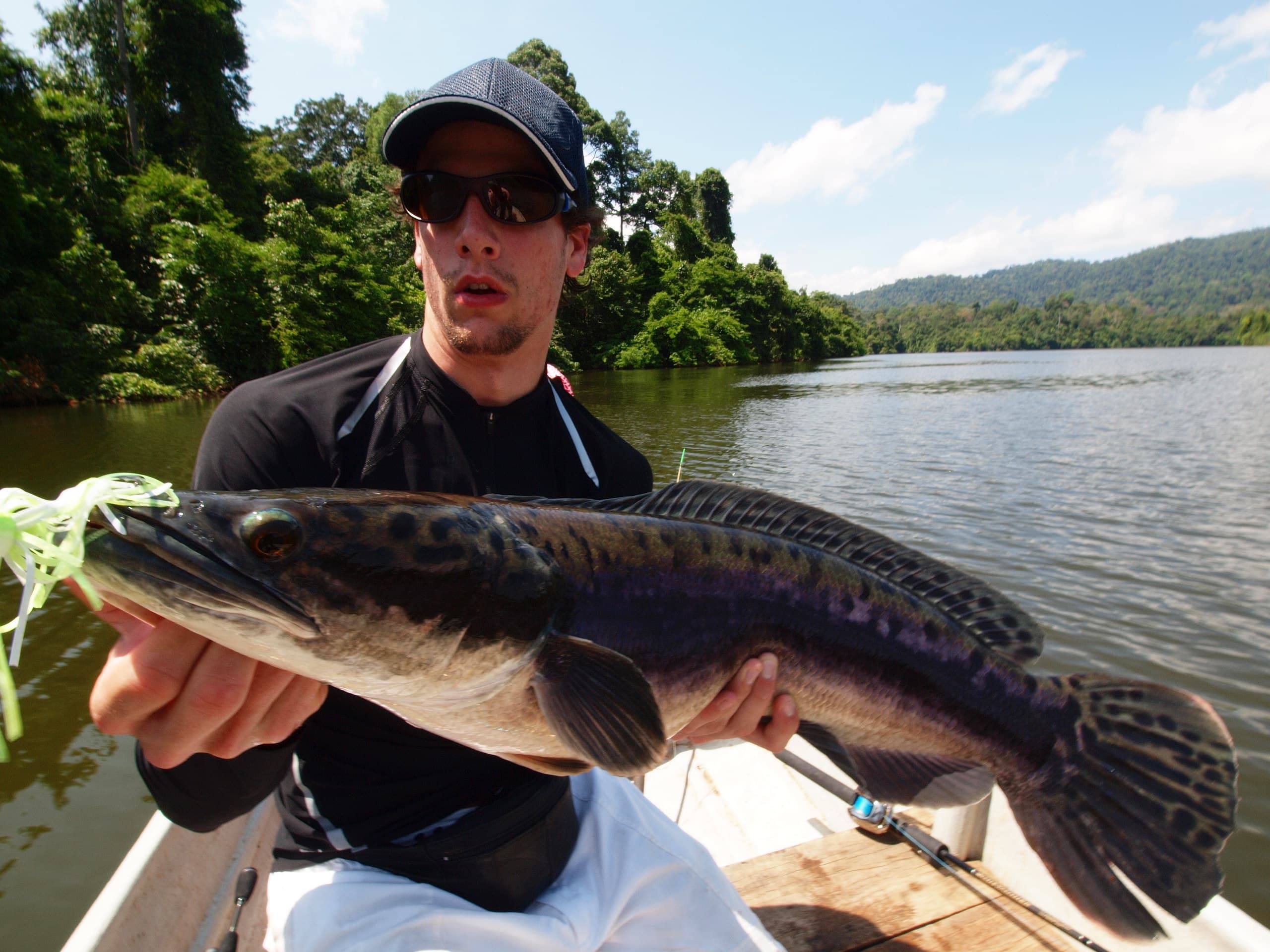
Don't underestimate the snakehead
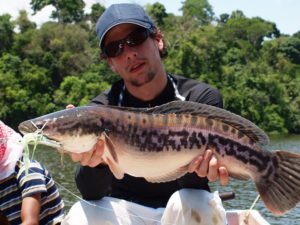
If you want to capture a nice snakehead specimen, you will need to make a good selection of lures, braids, leaders, rods and reels.
Cannes: Take minimum models in medium Heavy or Heavy type casting: Jabbers Wanderlust, Jabbers Beast Flogger, Deps Huge Custom H2N64R.
Reels: You will need reels with fast ratios because it is a fish that responds well to fast animations. Ex: Shimano AntaresDC7LV, Shimano Curado K XG, Shimano Metanium XG etc ...
Lures: Deps balisong 100 and 130SP, Deps Bcustom, Deps Realiser, Deps Propjig, Deps Cascabel, Evergreen Wildhunch, Jackall Squadminnow 115 and 128, OSP buzz zero two beat, Deps Radscale, OSP Blitz Max DR, Rapala Flat rap.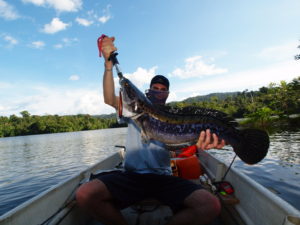
Braid: No particular mark from the moment you fish in 40LBS of minimum resistance because of the powerful impacts during the touches.
Bottom line: We recommend flurocarbon because in most places there are submerged forests.
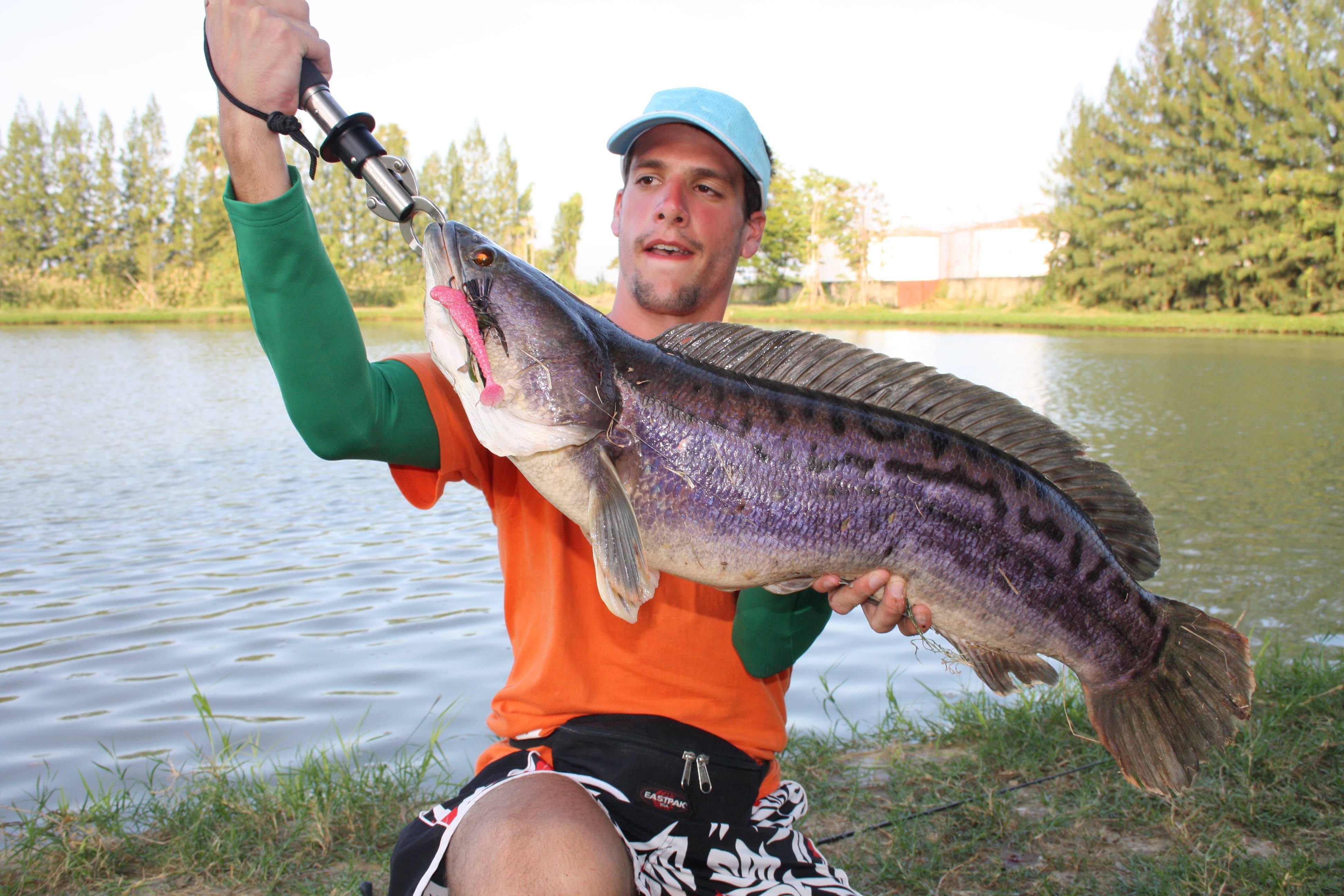 Enjoy !!
Enjoy !!
For those who wish to discover other species, it is here

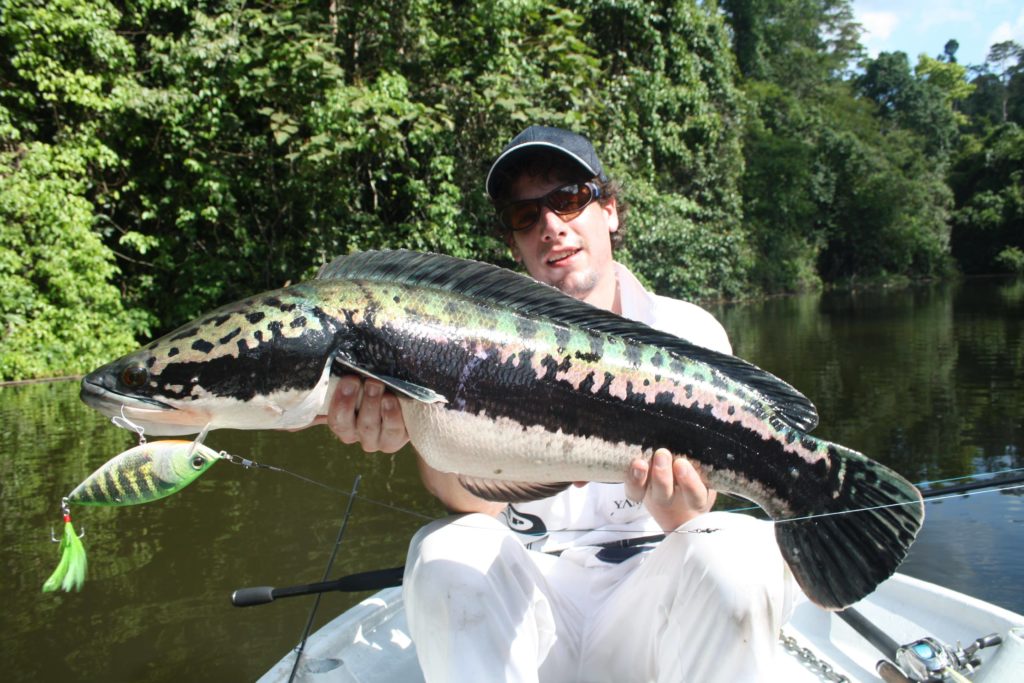
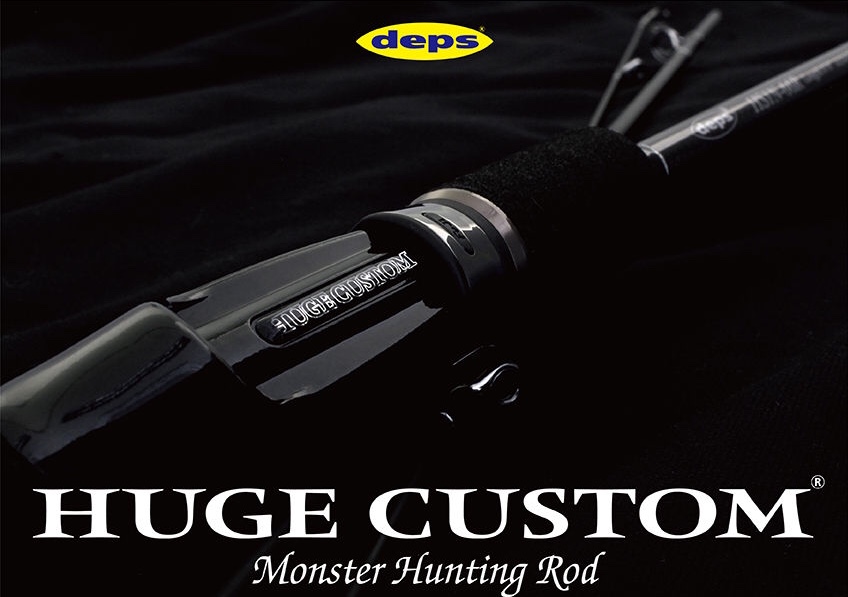
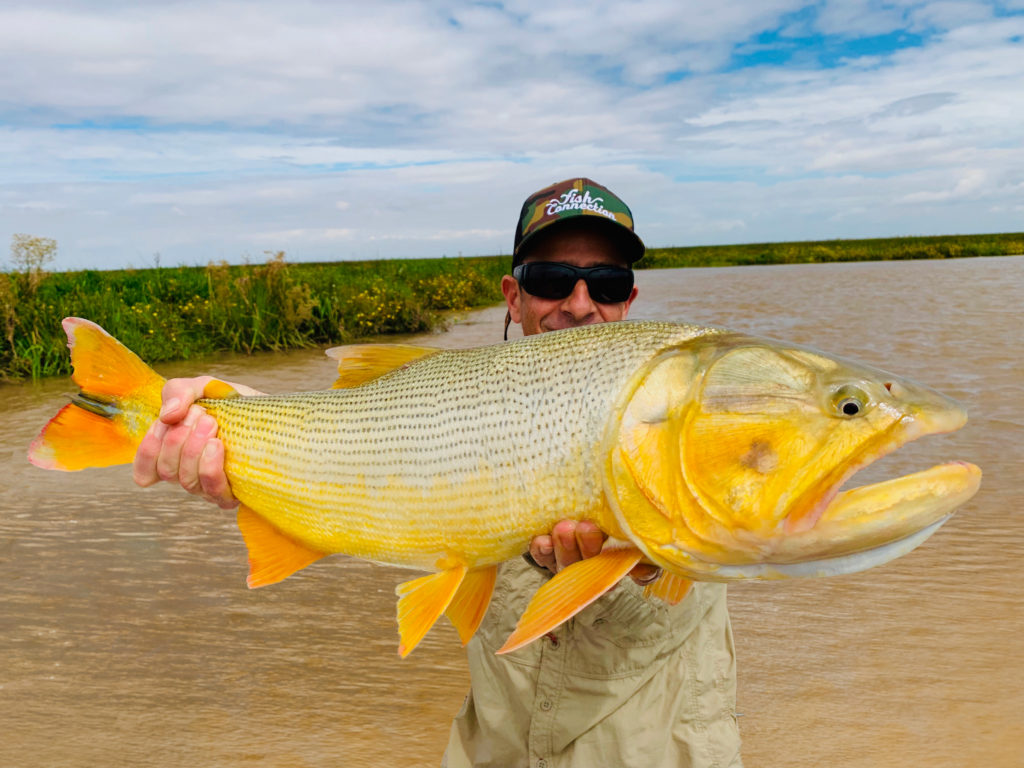
Pingback: Tigerfish: the jaws of the Okavango - The Rodmaps Blog
Pingback: Carangue: a species in its own right - The Rodmaps Blog
Pingback: Payara: The fangs of the orenoque - The Rodmaps Blog
Pingback: Golden Mahseer: Meet the giant of India - The Rodmaps Blog
Pingback: Jig fishing: Techniques / equipment / jigs - The Rodmaps Blog